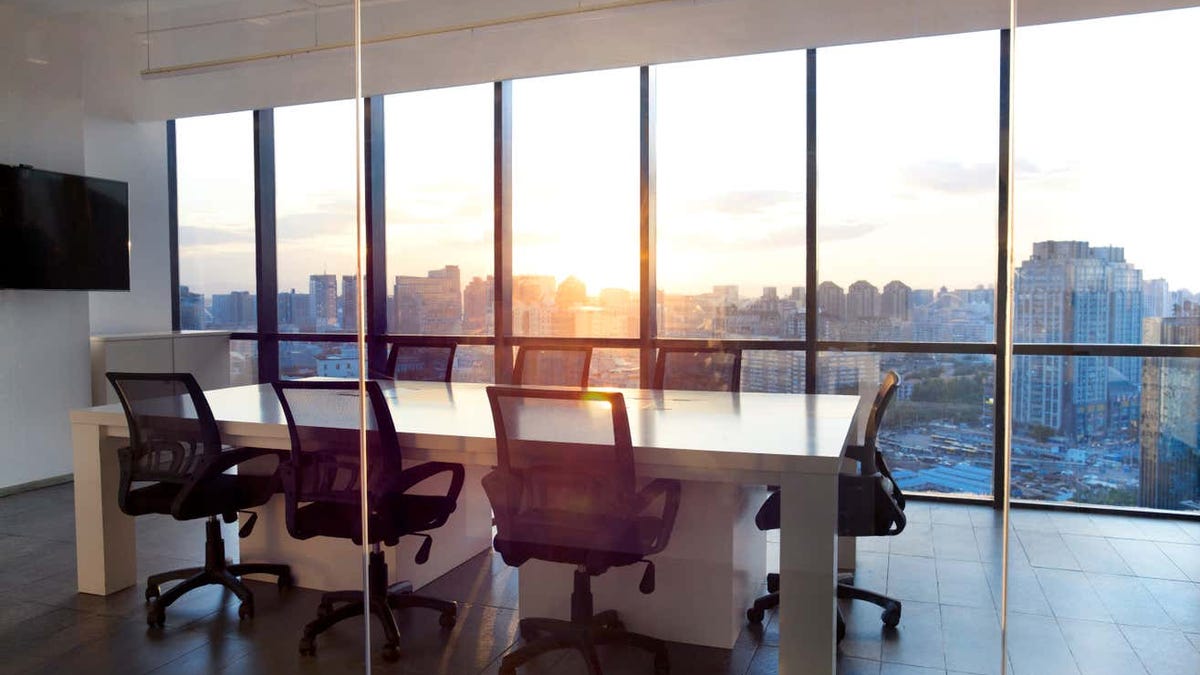Strategies Employed by Businesses to Attract Employees Back to the Office
As businesses aim to entice employees back to the office, they are investing significant resources into creating workspaces that resemble comfortable and appealing environments. These new office designs are characterized by private call booths, libraries, lounge areas, dining options, and entertainment amenities. The goal is to make employees feel like they are in a space that offers both productivity and relaxation, similar to a home away from home.
One real estate firm noted that companies are increasingly gravitating towards newer, “highly amenitized” buildings. However, the data shows a concerning trend – there is a limited supply of office spaces that are less than 10 years old. The available space in these modern offices has decreased by over 14% since the end of 2022, with only 86 million square feet currently available in the U.S. This is less than what was available in 2019, despite a notable increase in national vacancy rates.
The scarcity of new office space is posing a challenge for businesses that are eager to provide top-tier amenities for their employees. Without sufficient available space, companies must navigate the dilemma of meeting the demand for these modern office features. Rocio Fabbro, reporting for Quartz, delves into how businesses are strategizing to address this issue.
Insights on Work-Life Disparities
Nicolai Tangen, the CEO of Norges Bank Investment Management, raised an interesting observation about work-life balance differences between the U.S. and European countries. In a recent interview with the Financial Times, Tangen remarked, “We are not very ambitious. I should be careful about talking about work-life balance, but the Americans just work harder.” This comment sheds light on the contrasting approaches to work-life equilibrium across regions.
For instance, the European Union mandates a four-week paid vacation period in all 27 member countries, with some nations even requiring additional paid time off. In contrast, a significant portion of U.S. employees report having no access to paid time off, according to a 2023 study. The disparity in work-life balance policies underscores the varying perspectives on the importance of leisure time and well-being in different parts of the world.
Businesses continue to grapple with the evolving dynamics of the modern workplace, including the quest to provide attractive office spaces and address work-life balance concerns. Through innovative initiatives and thoughtful planning, companies can strive to create environments that foster both productivity and employee well-being.
Image/Photo credit: source url





